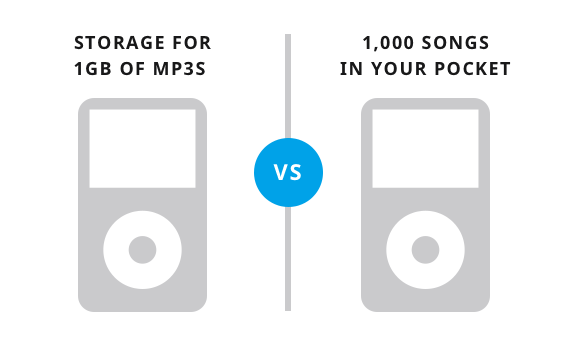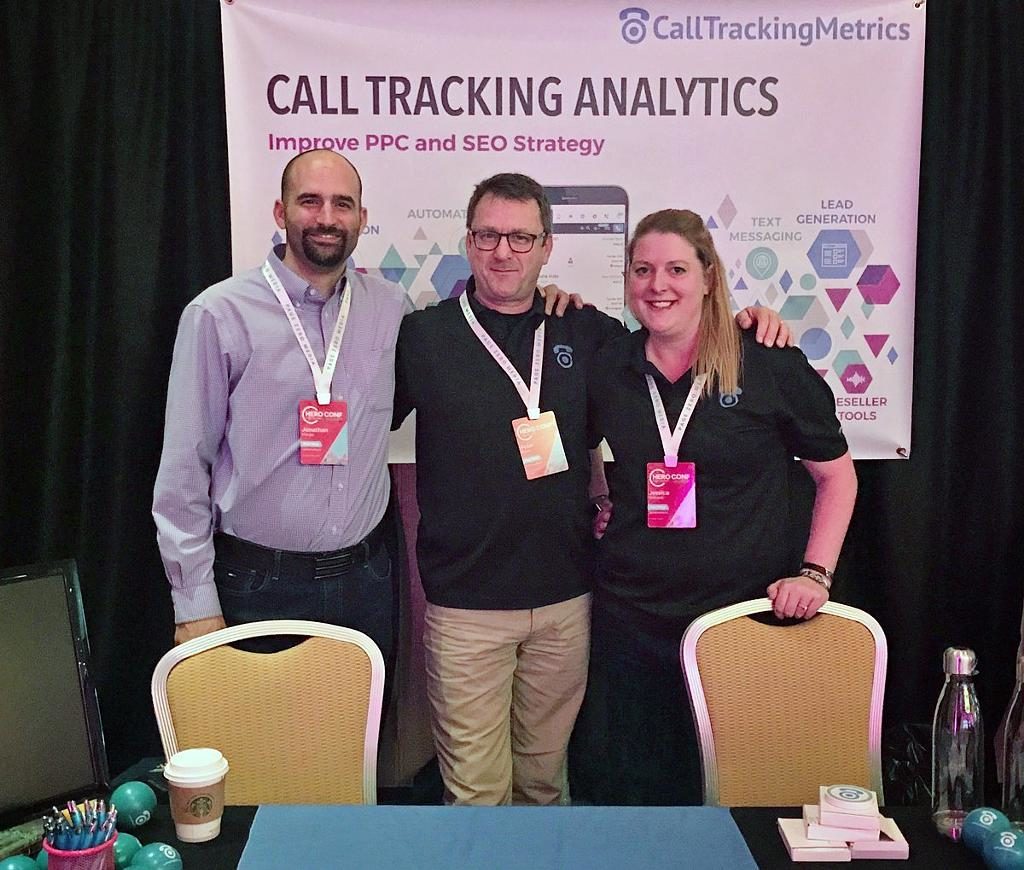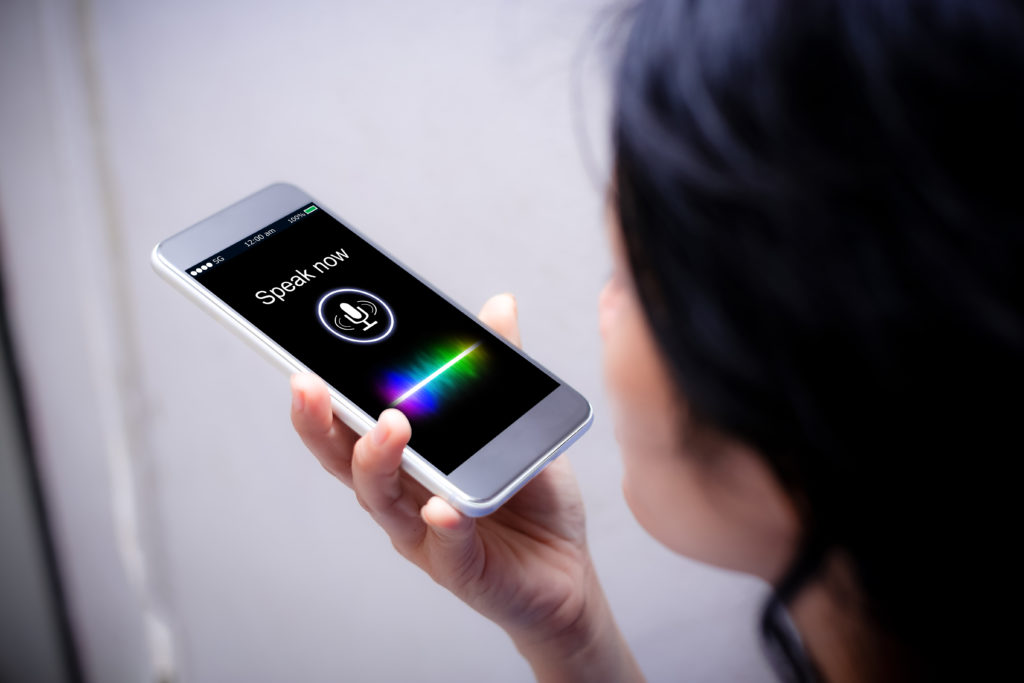3 Takeaways from HERO Conf 2019

Our team had an awesome time at this year’s HERO Conf! Apart from the great food and conversation with the hundreds of attendees, we learned a lot about the state of digital marketing in 2019 and what to expect in this ever-evolving industry. Check out our top takeaways from the conference presentations below:
Takeaway #1: Beat the attention deficit by focusing on customers’ intuition
Quora Evangelist JD Prater’s keynote on “What Happens When Performance Marketing Isn’t Enough” opened our eyes to the reality that marketers are facing a gigantic attention scarcity, coupled with increasing, competitive demand from advertisers for consumers’ attention. It’s no surprise that we all spend hours a day on our devices, yet research has shown that people are no longer paying attention to ads as much because we’re continually inundated with them. Not to mention: 47% of internet users around the world use some form of ad blocker. At the same time, paid CAC (customer acquisition cost) is up nearly 60% over the past five years. All to say — are marketers investing in a deflated marketing effort?
Of course not (phew!), and Prater has many powerful recommendations around how to continue to capture your customer’s attention, whether you’re a B2B or B2C brand. First, he emphasized the importance of focusing on your customers’ intuition and instincts—versus their “rational thinking”—in your advertising.
For example, he shared two concepts for an ad for the Apple iPod. Which is more compelling to you? “Storage for 1 GB of mp3s” or “1,000 songs in your pocket.” Likely, the latter, since it speaks to your desires and psychology versus just the practical takeaways of a product.

Innovative marketers, therefore, need to invent new solutions that work on old emotions, such as imbuing urgency and scarcity into the sales process for your product. Picture a checkout flow that demonstrates a limited time sale with only a select number of the product left in stock‚ backed up by powerful “social proof” provided by a high number of 5-star product reviews from customers. A consumer will likely be more inspired to act if they have that psychological fear of “missing out” on the product if they don’t act now, and they’re willing to trust giving it a try, based on the fact that other people have rated it so highly.

Takeaway #2: Brand marketing is driving performance
Prater also emphasized in his keynote that the focusing on brand marketing is more critical than ever. David Cancel, CEO of Drift, has said, “You can’t win on features, you have to win on brand.” We couldn’t agree more. Prater shared a powerful example around a blind taste test comparing Pepsi and Coca-Cola. When users didn’t know which brand they were drinking, they preferred Pepsi. Yet when they did know, they overwhelmingly chose Coca-Cola—which just goes to show the incredible influence brand has on our preferences and psyche.
“You can’t win on features, you have to win on brand.” David Cancel, CEO of Drift
“You can’t win on features, you have to win on brand.”
David Cancel, CEO of Drift
For marketers, Prater encouraged focusing on brand marketing and establishing your company as a trusted, well-known brand, while also investing in improving your UX (user experience) and not just search marketing efforts. To help with this effort, he made a specific point of elevating your existing customers, given that acquiring a new customer costs 5x more than retaining a current one. Turning your loyal customers into valuable brand advocates will pay off in dividends, especially when you take into account that 91% of B2B buyers are influenced by word-of-mouth marketing.
Takeaway #3: Don’t hesitate on optimizing for voice search
Another top presentation we enjoyed was shared by Purna Virji, Senior Manager of Global Engagement at Microsoft, who covered “How AI is Changing the Way We Engage” with a focus on customer experience, voice search, and digital assistants. She shared that 54% of consumers report no longer doing business with a brand because of poor customer experience — which certainly doesn’t come as a surprise, but may be interesting to consider when thinking about how you can bring in machine learning and AI to improve the customer experience. Enter voice search as a way to streamline the user experience, both in finding your product/service and simplifying the process to purchase.

Customers are increasingly turning to their devices to complete search queries, such as through a personal digital assistant (like Siri or Google Assistant), or smart home speaker, TV, or vehicle. And they’re satisfied with that experience — nearly 80% of customers reported as such in Microsoft’s 2019 voice report. Voice search helps narrow the window between discovery and fulfillment for customers by serving up curated options, thanks to the additional background data the device has on the users’ preferences and search history. As the process becomes more sophisticated and natural language becomes more fluid with digital assistants, user search queries are also getting longer (stretching to 4+ terms). In fact, Virji reported that 31% of Bing queries were considered to be “long tail,” meaning user inquiries are becoming more narrow and specific versus wide open topics. With the voice shopping market expected to grow to $40B by 2022, it’s important to start taking advantage of this channel now.
So how can search marketers optimize for voice search? Start by rethinking your goal to be more around discovery versus conversion. Test broader, in-market audiences and focus on themes to cast a wider-net with tangentially related audience lists. And consider optimizing for voice-driven channels, like Google Shopping Actions, to deliver tailored results to customer searches.